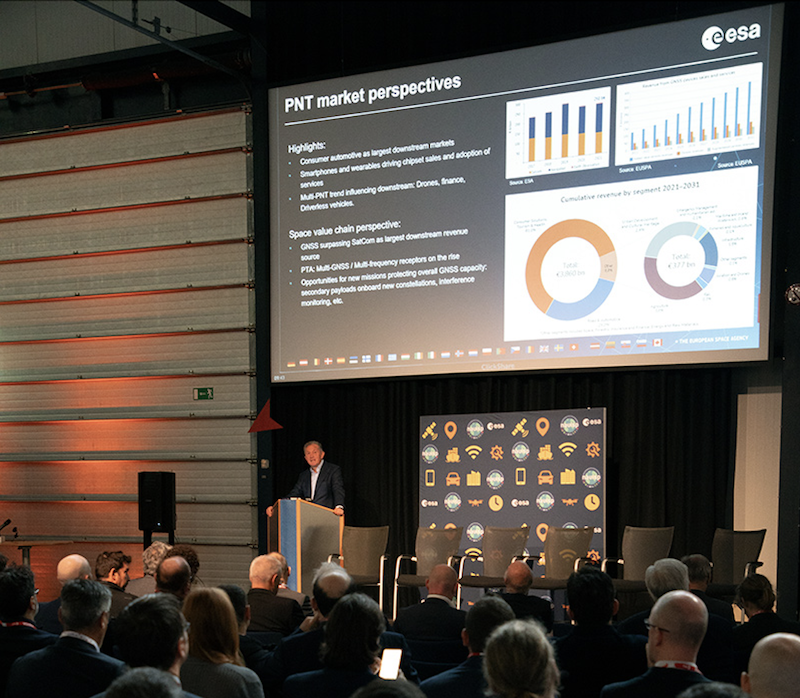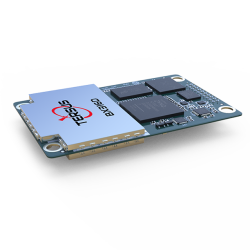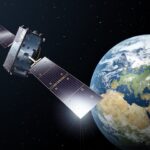ESA intends to extend the NAVISP program. The fourth phase of the program, to be dubbed NAVISP Next, will be officially proposed for approval at the next ESA the Ministerial Conference in 2025.
NAVISP Next will continue the work of bolstering the competitiveness of the European positioning, navigation and timing (PNT) industry, aiming to surpass its current 17% global market share and achieve a target range of 20-30%. The program will outline strategies to spread its influence across the entire value chain, promoting private public partnership (PPP) approaches with leading market entities. The aim will be to diversify funding sources, enabling the leveraging of funds from non-space sectors.
Speaking at the recent NAVISP Industry Days 2023 at ESA’s Space Research and Technology Centre (ESTEC) in Noordwijk, the Netherlands, NAVISP Program Manager Pierluigi Mancini provided some background to current global technology trends, of which PNT, he said, is the backbone. “The geopolitical situation continues to evolve,” he said, citing, “European concerns about security and sovereignty, as demonstrated by recent EU acts pertaining to chips and critical raw materials, and the UK’s declaration of a new PNT strategy.
“New Space economic dynamics now favor the concentration or vertical integration of infrastructure and services,” Mancini said, “while technology markets are demanding more and better PNT. These markets include defense, consumer products, automotive, transport and logistics, finance and critical infrastructure.” He also cited the rising global trend towards PTA (protect, toughen and augment) strategies driving PNT enhancement, including space-based augmentation system (SBAS) expansion and new, non-GNSS-related PNT development, i.e. alternative, assured and/or complimentary PNT.
Market standing
“Right now, consumer automotive is the largest downstream market for PNT,” Mancini said, “followed by smartphones and wearables driving chipset sales and adoption of services. The multi-PNT trend is influencing downstream markets as well, with drone, finance and driverless vehicle applications all growing.” According to ESA, GNSS now surpasses satellite communications as the largest, space-based, downstream revenue source, with multi-GNSS and multi-frequency receivers also on the rise. “And we see new opportunities for space missions protecting overall GNSS capacity,” said Mancini, “with secondary payloads onboard new constellations, interference monitoring, etcetera.”
For NAVISP, a key priority continues to be strengthening its presence across the PNT value chain, which means understand PNT-supported verticals, developing PPP approaches with market owners, and supporting European PNT-related ecosystems. “One of the keys to our ensuring future market positioning,” Mancini said, “is to understand the new markets for these disruptive technologies. There may be a large risk involved in investing is these technologies today, but that means more opportunity for market growth tomorrow.”






